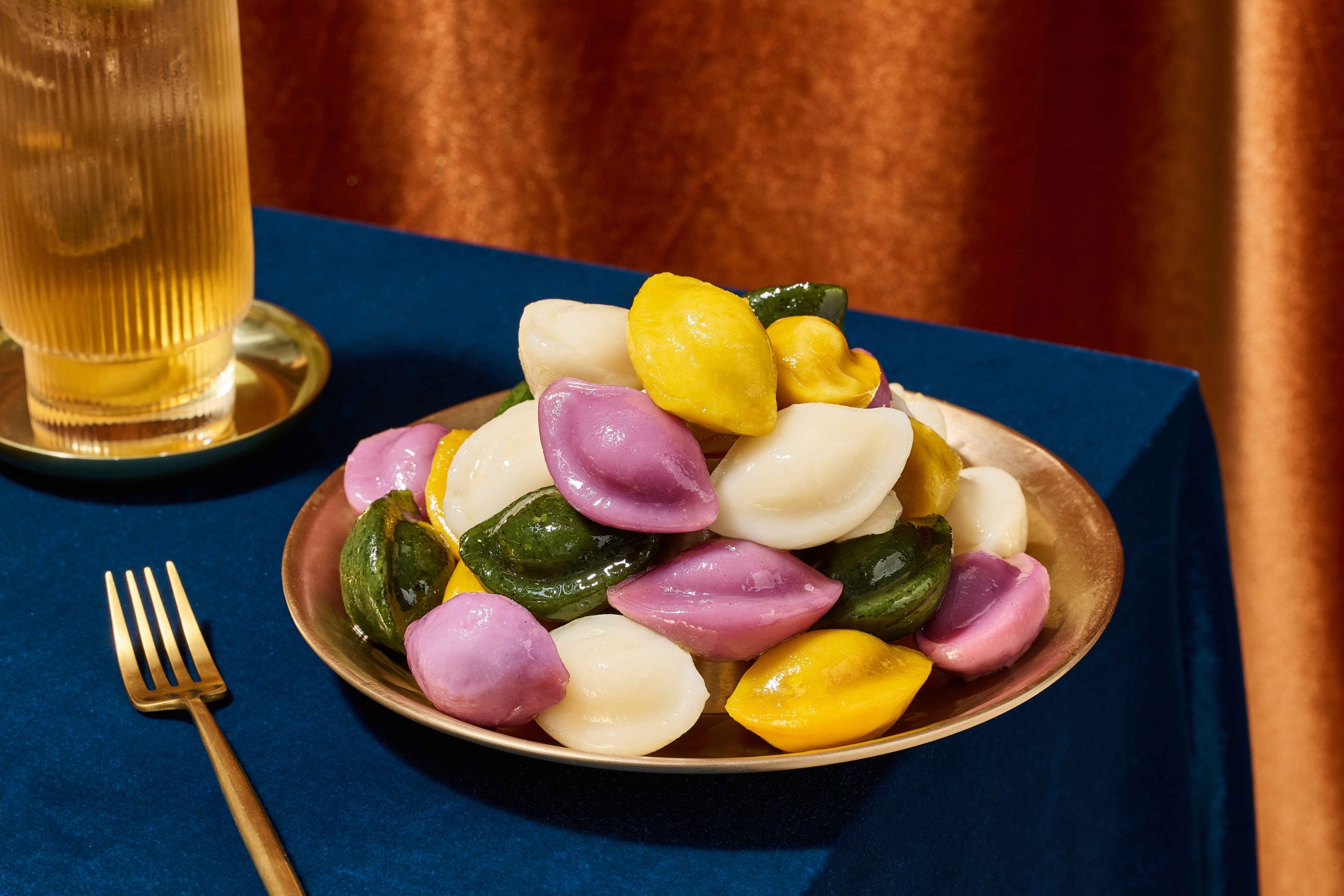Chuseok, often referred to as Korean Thanksgiving, is one of the most important holidays in South Korea. This harvest festival, held in the fall, is a time for families to come together, pay tribute to their ancestors, and celebrate the abundance of the harvest. With its deep-rooted traditions, vibrant customs, and delicious food, Chuseok offers a unique glimpse into Korean culture. If you’re planning to experience this festive occasion, here’s everything you need to know about Chuseok and how it’s celebrated.
View this post on Instagram
1. What is Chuseok?
Chuseok is a three-day holiday celebrated on the 15th day of the eighth month of the lunar calendar, which typically falls in September or early October. Historically, Chuseok is a time to give thanks for the autumn harvest and to honor one’s ancestors through rituals and ceremonies.
Meaning of Chuseok:
The word “Chuseok” (추석) can be translated to “autumn evening” or “mid-autumn festival.” It is a day to express gratitude for a bountiful harvest, much like Thanksgiving in other cultures.
Origin of Chuseok:
The origins of Chuseok date back thousands of years, with some historians tracing its roots to Gabae, a weaving competition held during the Silla Dynasty. Over time, the holiday evolved to celebrate the harvest, with families offering food and wine to their ancestors.
2. Chuseok Traditions and Customs
Chuseok is steeped in traditional practices that revolve around family, ancestors, and food. These customs reflect the importance of honoring the past and sharing the bounty of the harvest with loved ones.
Charye (차례): Ancestor Memorial Ritual
One of the most important Chuseok customs is Charye, an ancestral memorial service performed in the morning of Chuseok. Families gather to prepare a special table filled with food, fruits, and rice wine to honor their ancestors.
Ritual Process: The family arranges the food in a specific order and offers it in reverence to the deceased. After the ritual, the food is shared among family members, symbolizing unity and gratitude.
Importance of Ancestry: Charye serves as a reminder of the family’s heritage, honoring those who came before while enjoying the fruits of the harvest.
Seongmyo (성묘): Visit to Ancestral Graves
Seongmyo is another significant tradition where families visit the graves of their ancestors to pay their respects. This usually involves cleaning the gravesite and performing small rituals such as offering food or bowing in respect.
Tending to the Graves: Families clean the tombstones and trim overgrown grass, symbolizing care and respect for their ancestors.
Bowing Ceremony: A formal bow is made to the gravesite as a gesture of respect, followed by the placement of offerings like rice cakes and fruits.
3. Chuseok Food: A Feast of Tradition

Chuseok is synonymous with food, and families prepare an abundance of traditional dishes, often made from freshly harvested ingredients. Some of the most popular Chuseok foods have symbolic meanings, making the meal a central part of the holiday.
Songpyeon (송편): Rice Cakes
Songpyeon is one of the most iconic Chuseok foods. These small, crescent-shaped rice cakes are filled with various ingredients such as sweetened sesame seeds, red beans, or chestnuts. The rice cakes are steamed over a bed of pine needles, which adds a fresh aroma and symbolizes purity.
Making Songpyeon: Songpyeon-making is often a family affair, with everyone, from young children to grandparents, getting involved in shaping and filling the rice cakes.
Symbolism: It’s said that those who make beautifully shaped songpyeon will have a good-looking child, which adds a fun element to the preparation.
Jeon (전): Korean Pancakes
Jeon refers to a variety of savory pancakes made with ingredients such as vegetables, seafood, and meat. During Chuseok, popular versions include hobakjeon (zucchini pancakes), pajeon (green onion pancakes), and kimchijeon (kimchi pancakes).
Cooking Method: Jeon is usually pan-fried, giving it a crispy texture on the outside while remaining soft on the inside. It’s often enjoyed with a dipping sauce made of soy sauce, vinegar, and sesame seeds.
Galbi (갈비): Marinated Beef Short Ribs
Galbi, or grilled beef short ribs, is a beloved dish during Chuseok celebrations. The beef is marinated in a savory and slightly sweet mixture of soy sauce, garlic, sugar, and sesame oil, then grilled to perfection.
Why Galbi is Special: This dish is often reserved for special occasions due to its preparation time and the quality of the meat, making it a luxurious addition to the Chuseok feast.
Fresh Fruits:
Since Chuseok celebrates the harvest, fresh fruits play an important role in the holiday. Apples, pears, and persimmons are commonly placed on the Charye table and are enjoyed as a healthy dessert after the main meal.
4. Chuseok Games and Entertainment
Beyond food and rituals, Chuseok is also a time for fun and games. Traditional Korean games, music, and dance are common activities, especially in rural areas.
Ganggangsullae (강강술래): Circle Dance
One of the most famous Chuseok traditions is the Ganggangsullae, a traditional Korean dance performed by women. Dressed in hanbok (traditional Korean clothing), they form a circle, hold hands, and sing while dancing under the full moon.
Historical Significance: Ganggangsullae was historically performed to pray for a bountiful harvest and good fortune. It is believed to date back to the Joseon Dynasty.
Yutnori (윷놀이): Traditional Board Game
Yutnori is a traditional Korean board game played by families during Chuseok. The game uses four wooden sticks (yut) that are thrown like dice. The outcome determines how many spaces the player’s pieces move on the board.
How to Play: Players or teams take turns throwing the yut sticks, moving their pieces around the board, and aiming to be the first to complete a circuit. The game is easy to learn and is often played during Chuseok family gatherings.
Ssireum (씨름): Traditional Korean Wrestling
Ssireum is a traditional Korean wrestling match often held during Chuseok. Two wrestlers, wearing belts around their waists and thighs, attempt to throw their opponent to the ground using skill and strength.
Chuseok Tournaments: Ssireum tournaments are sometimes organized during Chuseok celebrations, with participants from different regions competing to showcase their strength and technique.
5. Modern Chuseok: A Blend of Tradition and Convenience
View this post on Instagram
While Chuseok remains a deeply traditional holiday, modern life has brought some changes to how it’s celebrated. With the busy pace of urban life, many families opt for convenience, purchasing pre-made Chuseok foods or visiting restaurants instead of preparing large meals at home.
Holiday Traffic: As millions of people travel across the country to visit their ancestral homes, Chuseok is infamous for creating massive traffic jams. Koreans often joke that the real Chuseok tradition is being stuck in traffic for hours on the highways.
Chuseok Shopping: Another modern twist is the exchange of Chuseok gifts. Many Koreans give and receive gifts like high-end fruit baskets, premium beef, health supplements, or luxury goods as part of the holiday spirit.
Chuseok in the City: For those who stay in cities like Seoul during the holiday, the normally bustling streets become quiet, as many businesses close for the celebrations. However, popular tourist attractions and palaces often host Chuseok-themed events, providing a chance for visitors to experience the holiday firsthand.
Final Thoughts
Chuseok is more than just a holiday; it’s a time to reconnect with family, honor ancestors, and celebrate the abundance of the harvest. Whether through traditional rituals like Charye and Seongmyo or enjoying a hearty meal of songpyeon and galbi, Chuseok embodies the spirit of gratitude and togetherness. For travelers visiting Korea during Chuseok, it’s an excellent opportunity to experience a festive atmosphere, participate in cultural activities, and learn more about Korea’s rich heritage.




